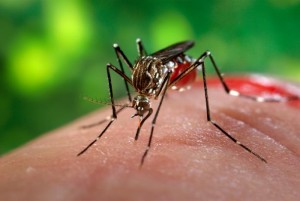The number of cases of the mosquito borne viral disease, dengue fever, on the island of American Samoa has risen to 414 cases since May 2015, according to a Radio New Zealand report.

This is up from 370 cases reported on Sept. 2.
Two people have died due to the virus and 137 people required hospitalization for their illness.
Auckland Public Health reports the circulating strain is DEN-3.
In the past 50 years, the incidence of dengue worldwide has increased 30-fold, largely as a consequence of the growth of cities and increased travel.
Dengue fever is an infectious disease carried by mosquitoes and caused by any of four related dengue viruses. This disease used to be called “break-bone fever” because it sometimes causes severe joint and muscle pain that feels like bones are breaking.
People get the dengue virus from the bite of an infected Aedes mosquito. It is not contagious from person to person.
There are three types of dengue fever in order of less severe to most: the typical uncomplicated dengue fever,dengue hemorrhagic fever (DHS) and dengue shock syndrome (DSS).
The World Health Organization (WHO) estimates there may be 50–100 million dengue infections worldwide every year. However, new research from the University of Oxford and the Wellcome Trust, using cartographic approaches, estimate there to be 390 million dengue infections per year worldwide.
Related:


3 thoughts on “American Samoa dengue cases top 400: Media report”